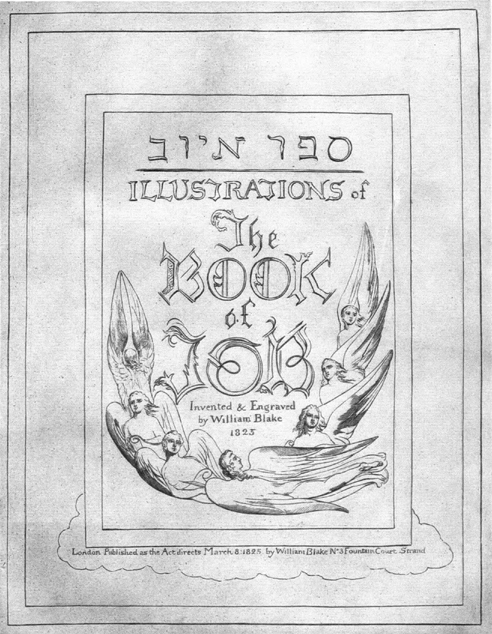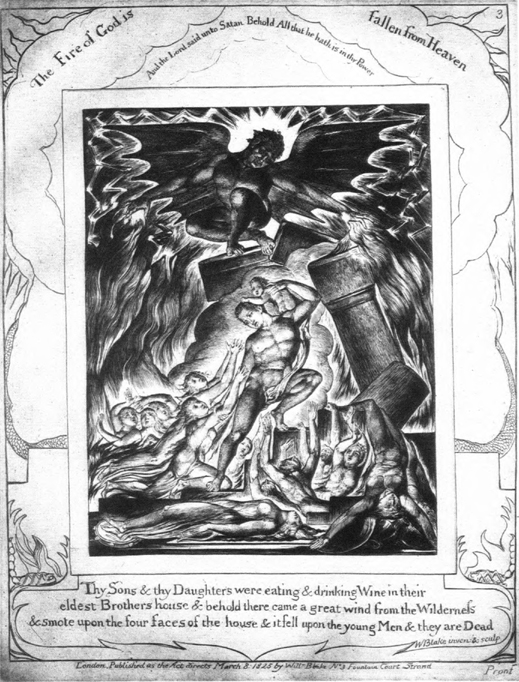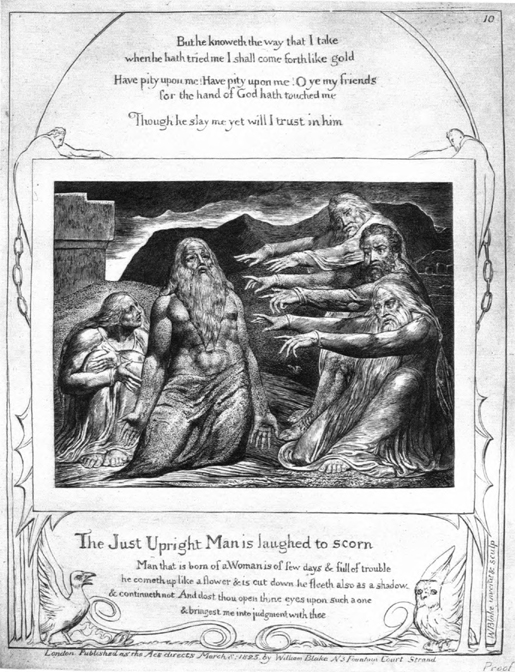William Blake’s Illustrations of the Book of Job
 |
|
The Book of Job is one of the most challenging in the Hebrew Bible. Its harrowing account of Job’s tribulations, his argument with his comforters, and his demand that God explain himself, all situated within a fairy-tale setting provided by the opening and closing chapters, challenges any simple view that good things always happen to good people. William Blake’s Illustrations of the Book of Job is not intended to be a simply a graphic retelling of Job’s story, but a deep interpretive study of Job. The caution that Blake provides for his painting A Vision of the Last Judgement should be heeded when studying his Illustrations of Job. “I intreat, then, that the Spectator will attend to the Hands & Feet, to the Lineaments of the Countenances; they are all descriptive of Character, & not a line is drawn without intention, & that most discriminate & particular. As Poetry admits not a Letter that is Insignificant, so Painting admits not a Grain of Sand or a Blade of Grass Insignificant—much less an Insignificant Blur or Mark.” Each illustration is surrounded by scriptural quotations designed to highlight the deeper theological concerns Blake is interested in. |
 |
|
All of the quotations for illustration III are from the Book of Job. Above the illustration: Job 1: 16 and Job 1: 12. Below the illustration: Job 1: 18-19. |
 |
|
All of the quotations for illustration X are from the book of Job. Above the illustration: Job 23: 10, Job 19: 21, and Job 13: 15. Below the illustration: Job 7: 4 and Job 14: 1-3. |
The edition of Blake’s Illustrations of the Book of Job on OLL includes commentary by Charles Eliot Norton. Norton was a Professor of the history of art at Harvard, a Fellow of the American Academy of Arts and Sciences, and the first president of the Archeological Institute of America.